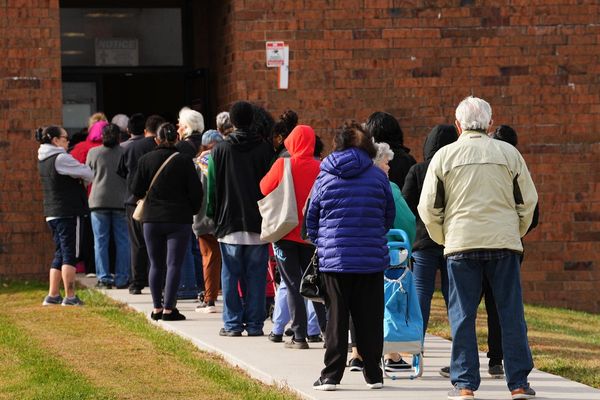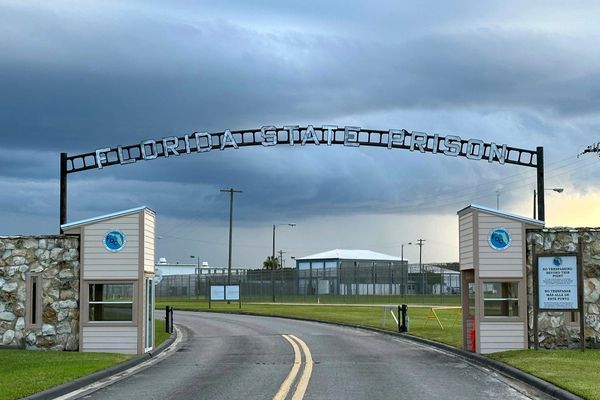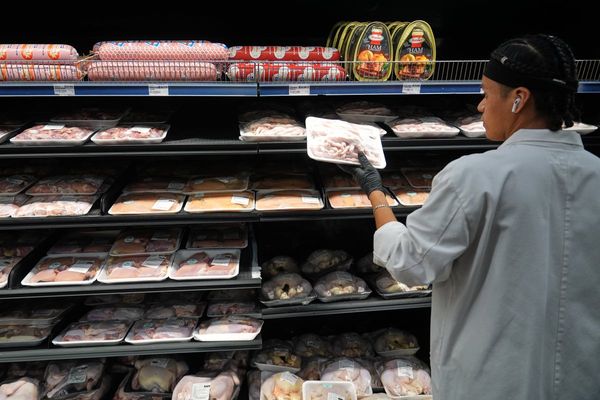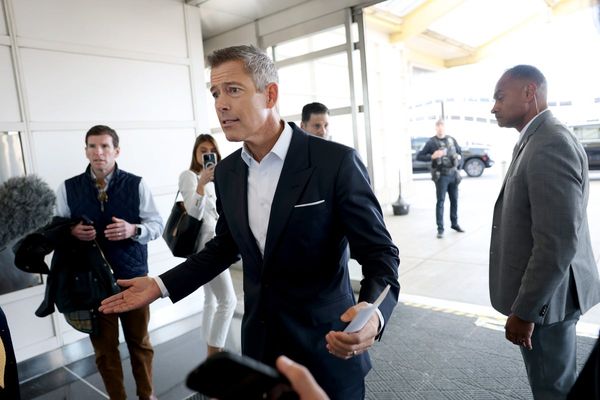
California’s drought is worsening yet new figures show that in March, water usage jumped nearly 19% compared with 2020, during one of the driest months on record.
The startling figures come despite pleas from the state’s governor, Gavin Newsom, and other authorities who have urged residents to curb their water usages. They also come the same day that the Los Angeles mayor ordered residents and businesses to restrict outdoor watering to just two days a week in an effort to conserve.
Newsom last summer asked residents to voluntarily cut water use by 15% compared to 2020. He encouraged people to water their yards less often, run dishwashers less and install more efficient appliances. The state’s conservation rate gradually increased, aided by some intense fall and early winter storms that reduced water demand.
But the first three months of 2022 have been some of the driest ever recorded. Water use increased slightly in January and February before exploding in March when compared to 2020 figures.
Californians averaged 77 gallons (291 liters) a person a day in March, an 18.9% increase from March 2020. It’s the most water Californians have used in March since the middle of the previous drought in 2015.
Last month was the most water Californians have used in March since the middle of the previous drought in 2015. Since July, the state has cut its overall water use by just 3.7%, woefully short of Newsom’s 15% goal.
Newsom responded on Tuesday by pledging to spend $100m on a statewide advertising campaign to encourage water conservation. The campaign will include traditional radio and television spots while also paying people with large followings on social media to urge others to save water. He also promised to spend $211m to conserve more water in state government buildings by replacing plumbing fixtures and irrigation controls.
“Conservation actions are most impactful when they account for the diversity of conditions and supply needs around the state,” Newsom’s office said in a statement. “We are hopeful these actions will significantly contribute to the state’s overall water reduction goals as outdoor watering is one of the biggest single users of water.”
In southern California, officials are taking unprecedented steps to rein in personal water consumption. The announcement on Tuesday by the Los Angeles mayor, Eric Garcetti, will reduce outdoor landscape watering from three days a week to two, in a city where irrigation makes up 35% of water use.

The announcement followed earlier rules brought in by the Metropolitan water district of southern California, a large wholesaler that supplies water to local agencies across the region, that also took aim at outdoor watering by calling for one-day-a-week allotments. Faced with cutbacks from the State Water Project, a sprawling water system that sources water from the Sacramento-San Joaquin River Delta and delivers water to 27 million Californians and 750,000 acres of farmland, Metropolitan’s limits will affect roughly 6 million people, including residents in Los Angeles.
Metropolitan left the details and enforcement up to suppliers, and the latest restrictions from Los Angeles department of water and power (DWP) reflect the agency’s belief that, even allowing for an extra day – a total of two days a week – residents can keep their use below the allotment. The rules will also apply to all DWP’s customers, and not just those dependent on the State Water Project supplies.
“We’ve elected to use the allotment number because we do still have our own aqueduct supplies, our own groundwater, and we have the ability to shift some of our demands on to the Colorado River where there’s not a restriction,” said Martin Adams, the DWP’s general manager and chief engineer to the Los Angeles Times. “We believe that going to two-day-a-week watering and getting people to really pay attention and ramp down their water use will keep us within the allotment that Met has offered us.”
Residents will be assigned days based on their address and will only be allowed to water for eight minutes, or, for those with more efficient sprinkler systems, 15 minutes. Users who don’t comply may face fines, after an initial warning.
Many remain concerned that the measures will not be enough to ensure that supply keeps pace with demand, as drought conditions in the west show little sign of receding.
A series of April storms have improved things slightly since March. Still, most of the state’s reservoirs are well below their historic averages. Those reservoirs rely on melting snow to fill up for the dry summer months but the statewide snowpack was at just 27% of its historic average as of 1 April.
“The reality is, this drought has left us without the water supply we need to meet normal demands in these areas,” said Adel Hagekhalil, Metropolitan general manager in a recent statement.







